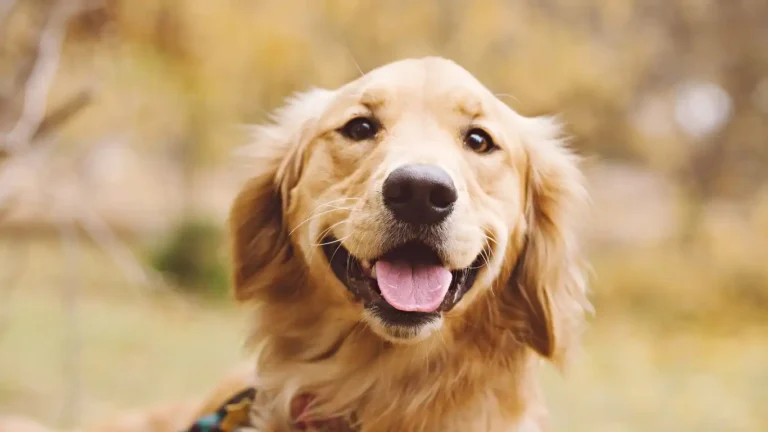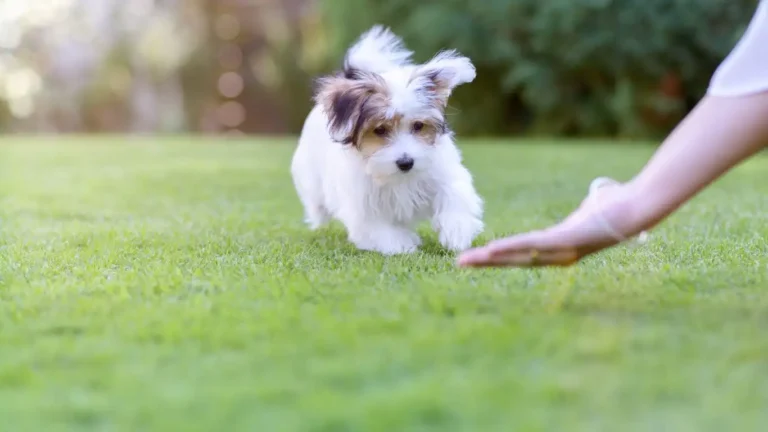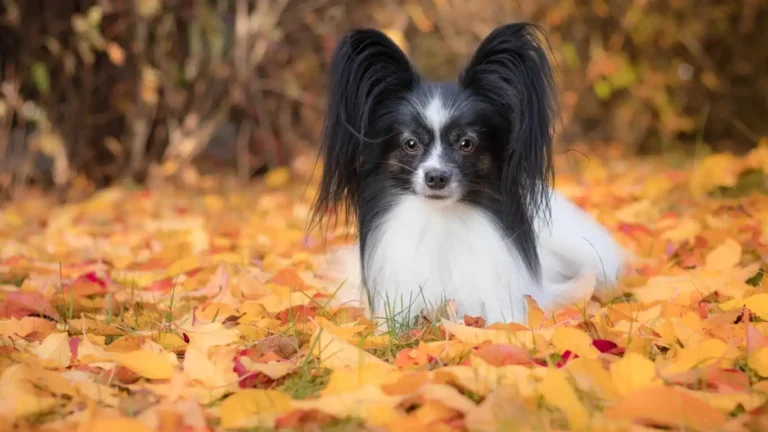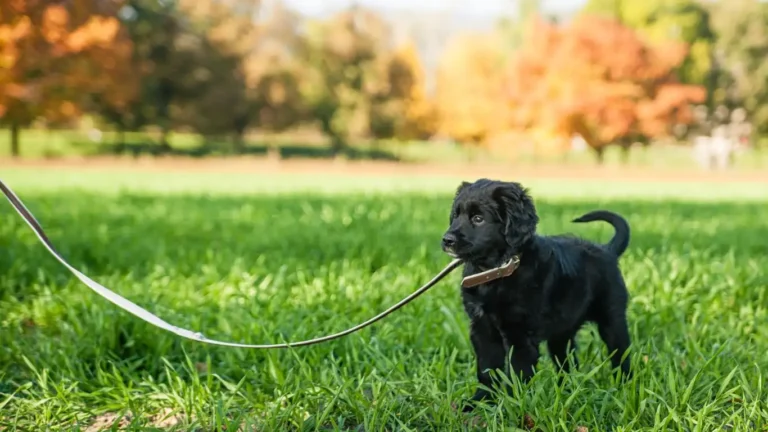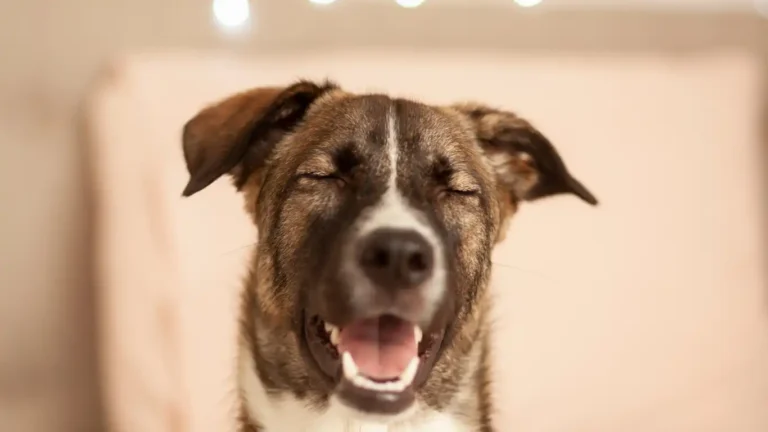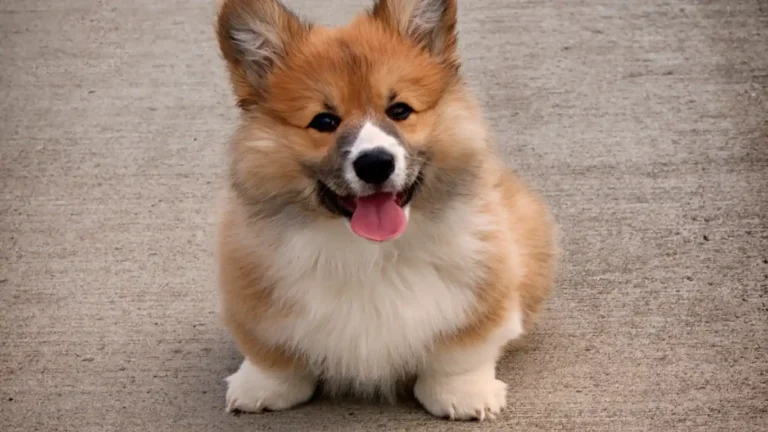Teach Your Dog to Wait for Food: Calm Behavior Starts Here
If you’ve ever stood there, holding your dog’s bowl while they spin, bark, and practically do backflips for their dinner—trust me, you’re not alone. Teaching dogs to wait patiently for food isn’t just about good manners; it’s a chance to build trust, create structure, and even support better digestion. So today, I want to walk you through how to teach a dog to wait patiently for food, based on what I’ve picked up over the years working as a Vet Tech (with a soft spot for all things nutrition). This isn’t about training perfection—it’s about real life, real pets, and routines that actually work.
Why Patience at Mealtime Matters
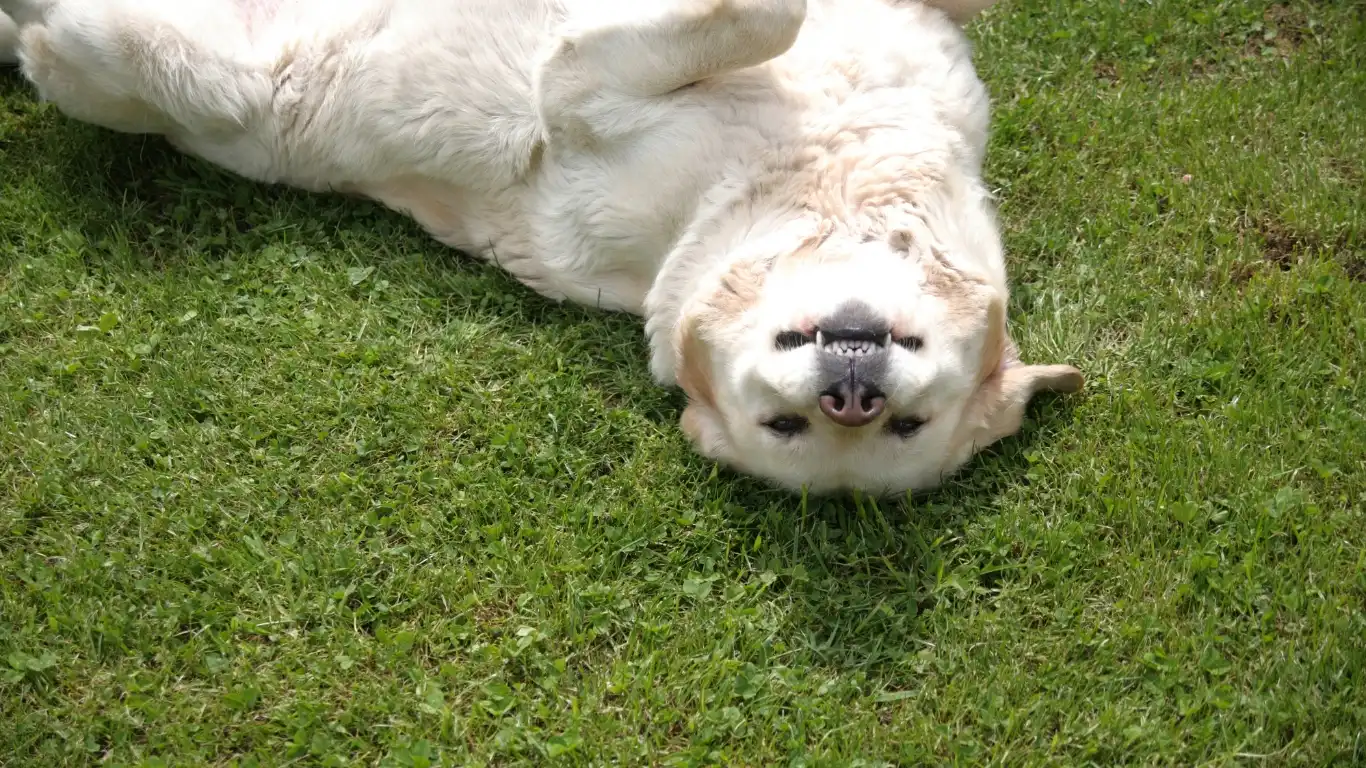
Let’s be real. Most dogs go a little bonkers around food. And it’s cute… until it’s chaos. I’ve seen pups knock over water bowls, nearly launch themselves off exam tables, or gulp their kibble so fast they choke. That kind of food frenzy? It’s not just messy—it can be unhealthy. Teaching your dog to pause before meals can reduce the risk of bloating (especially in large breeds), prevent resource guarding behaviors, and give you better control over their feeding habits.
From my nutrition-focused vet work, I’ve also noticed that dogs who have structured mealtime routines often eat more mindfully. Yes, dogs can eat mindfully—at least compared to the alternative. A calm dog is less likely to inhale food and then barf it up three minutes later (we’ve all been there). And when you’re feeding a therapeutic or homemade diet, it helps to have a pup who isn’t in full Tasmanian Devil mode when you serve it.
Start with the Right Mindset (Yours and Theirs)
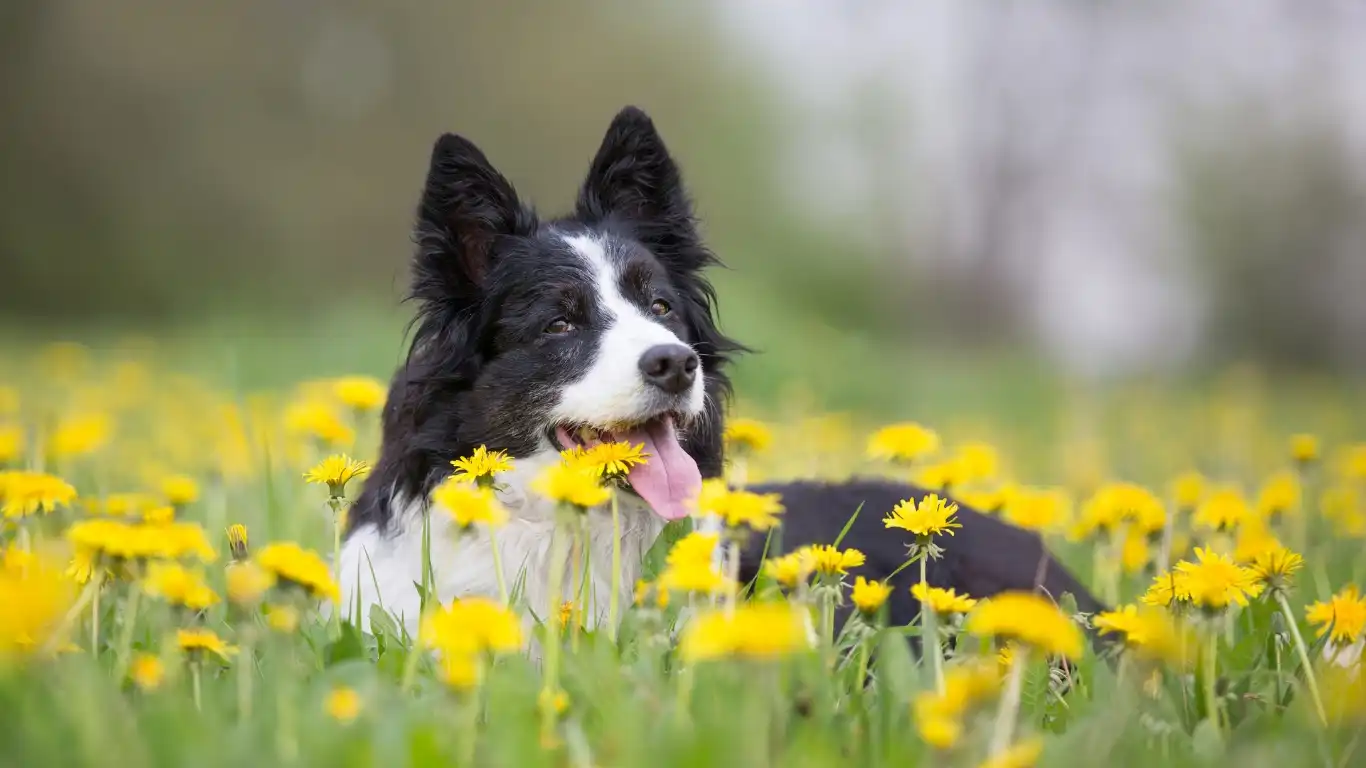
Your Energy Affects Their Behavior
This might sound a little woo-woo, but I swear it’s true: dogs mirror our energy. If you’re running late and throwing kibble in a bowl while yelling “Wait! Wait! WAIT!”—your dog isn’t learning patience. They’re learning panic. So, step one? Take a breath. Literally. Approach mealtime like a mini training session, not a rush job.
Choose the Right Time to Train
Set yourself up for success. The best time to teach this is when your dog is hungry, but not hangry. You want them motivated but not in meltdown mode. I usually recommend after a short walk or play session. They’ve burned a little energy and are more focused.
Consistency Is Key
Dogs thrive on routine. If you change the rules every day—sometimes asking them to wait, sometimes letting them dive in—they’ll never really get it. Pick a simple routine and stick with it. Even five minutes of daily practice goes a long way. Trust me, I’ve worked with everything from stubborn terriers to bouncing Labs. Consistency wins, every time.
Basic Steps: How to Teach a Dog to Wait Patiently for Food
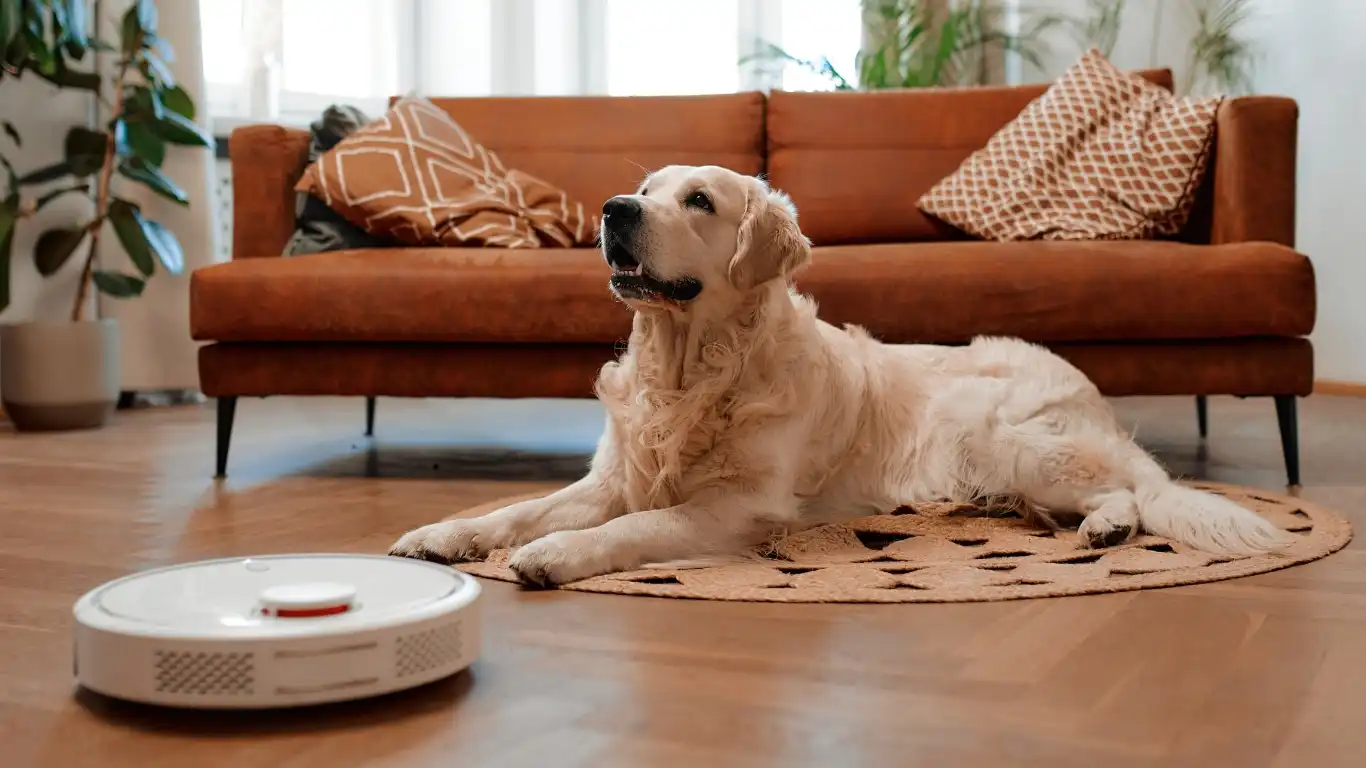
Step-by-Step: The Mealtime Wait Game
- Step 1: Ask for a Sit
Before you even touch the food, ask your dog to sit. If they don’t know how to sit reliably, work on that first—it’s the foundation for everything else. - Step 2: Hold the Bowl
Once they’re sitting, prepare their food and hold it in your hand or place it on the counter where they can see it. If they get up, calmly say “Uh-uh” and reset. No drama. Just start over. - Step 3: Add a Cue
Once they’re holding a sit while the food is visible, start introducing your cue—something like “Wait” or “Hold.” Keep your voice calm and low. - Step 4: Duration First, Distance Later
At first, just hold the bowl for a second or two before giving a release cue like “Okay!” Then gradually increase the wait time. Eventually, you can place the bowl on the floor and ask for the same wait. - Step 5: Celebrate the Release
When they wait patiently and only go for the food after your release cue, celebrate! Praise, petting, maybe even a little extra treat in the bowl. Positive reinforcement makes it stick.
Common Mistakes to Avoid
- Inconsistency: If one person in the house lets them eat early and the other doesn’t, the dog gets confused.
- Repeating the Cue: Don’t keep saying “Wait wait wait.” Say it once. If they break, reset.
- Getting Frustrated: Dogs pick up on your tone. Frustration makes it harder, not easier.
- Skipping Practice: This isn’t a “train it once” kind of deal. It takes repetition, like any good habit.
Honestly, I’ve found that turning this into a fun game makes all the difference. When I had a client with a food-obsessed golden retriever named Max, we used his natural enthusiasm to our advantage. We’d build up the suspense with a dramatic “Wait for it…” and when he finally got the “Okay!” cue, he’d explode with joy—tail wagging, ears flopping, total mealtime bliss. And the best part? Zero chaos.
Patience Can Be a Bonding Experience
Here’s the part I love most: this kind of training builds such a strong bond between you and your pup. It’s not just about food manners. It’s about trust, timing, and working together. Your dog learns that good things come when they listen, and you get a calm, respectful mealtime routine. Total win-win.
Advanced Tips for Teaching a Dog to Wait for Food
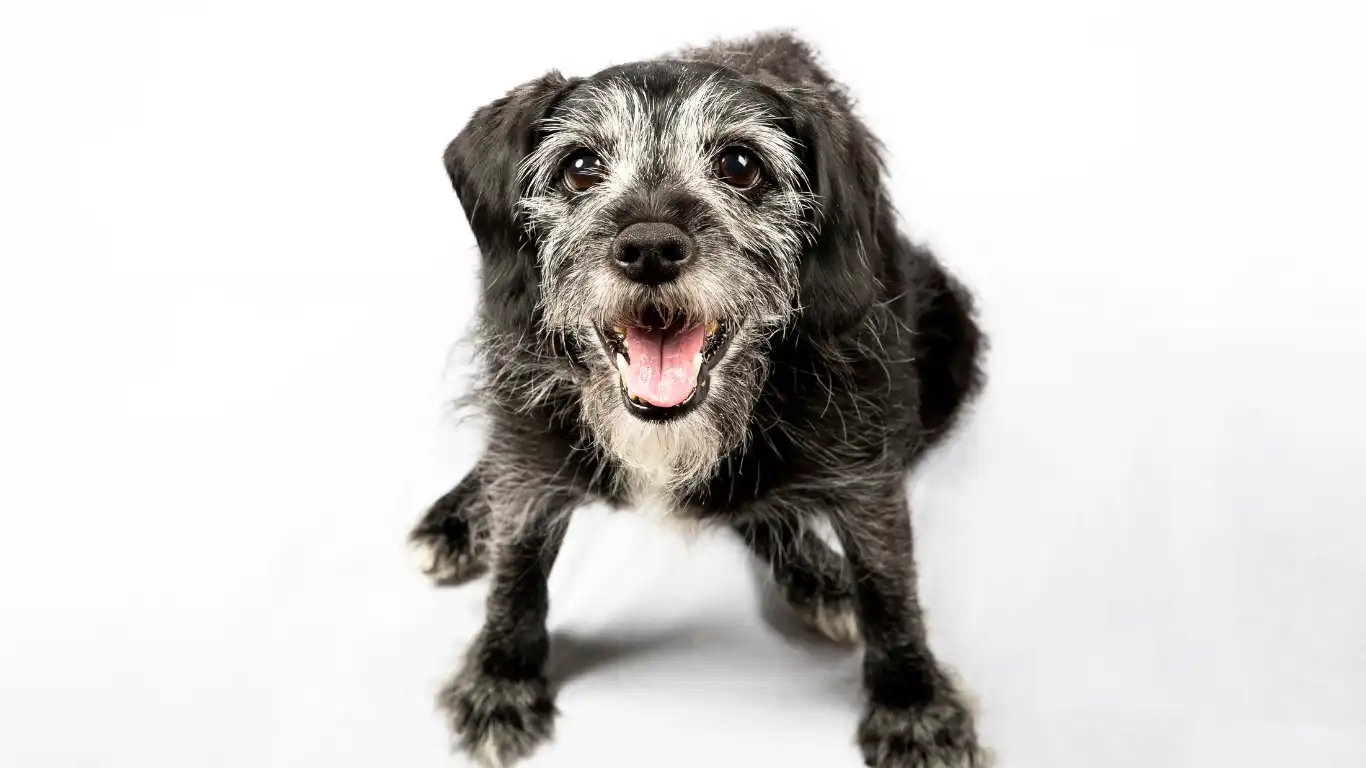
Alright, now that your pup is getting the hang of sitting and waiting calmly before meals, let’s take it up a notch. Once the basics are solid, you can start adding little challenges to keep their mind sharp and their manners polished. Trust me, even the most food-obsessed dogs can learn to wait like a champ—with a little creativity and consistency.
Practice with Distractions
This one’s a game-changer. Start introducing mild distractions while your dog is in their “wait” position. Maybe that’s dropping a spoon (yep, I’ve done this one accidentally and intentionally), or walking in and out of the room. Just keep the distractions low-level at first. If your dog breaks the wait, no big deal—just calmly reset and try again.
Once, I had a client whose border collie would ace waiting for food at home but totally forget everything at Grandma’s house. Turns out, new environments are distractions, too. So we started practicing in different rooms, then even outside. It made a huge difference.
Vary the Length of the Wait
Dogs catch on to patterns fast. If you always make them wait exactly five seconds, they’ll anticipate and act before you even say “Okay.” So mix it up—sometimes just two seconds, sometimes ten or more. The unpredictability helps reinforce that you control the release cue, not the clock.
Start Feeding in Different Places
If your dog only waits patiently in the kitchen, that’s great—but life isn’t always predictable. Practice in the backyard, at a friend’s house, or even in the car if needed. This reinforces the idea that “wait for food” isn’t tied to one room or one bowl, but is a consistent behavior they should follow anywhere.
Common Real-Life Challenges and How to Handle Them

The Overexcited Pup
Oh boy, I’ve worked with so many dogs who just wiggle themselves out of a sit every time the food comes near. High-energy pups—especially younger dogs or breeds like Huskies, Boxers, or Doodles—might need a little extra patience and shorter training bursts. One trick? Use a heavier bowl or place it on a non-slip mat. That way, it doesn’t go skidding when they lunge for it too early.
The Nervous or Anxious Eater
This one hits close to home. I had a rescue dog, Millie, who used to scarf down food like someone was going to take it away any second. In cases like hers, the “wait” command can actually help reduce anxiety—if you pair it with calm energy and zero punishment. We used soft praise, slow breathing, and low lighting at meal times. And gradually, she started to feel safe. Teaching a dog to wait patiently for food isn’t just about impulse control—it’s about creating emotional safety, too.
Multiple Dog Households
Got more than one pup? Welcome to the circus. But it’s totally manageable. Start by training each dog individually. Once they’ve each nailed it solo, bring them together. One trick I’ve used often is feeding them in the same room but with clear space between each bowl. Use gates, leashes, or “place” mats to maintain order while they wait. And never feed in a chaotic energy environment—calm energy leads to calm dogs.
Incorporating Wait into a Broader Training Routine

This might sound like a leap, but once your dog understands “wait” at mealtime, you can start applying it elsewhere. Think doorways, car exits, before crossing the street, or even before grabbing a toy. It’s one of those foundational behaviors that works like a safety switch—and as a vet tech, I’m all for habits that double as health and safety tools.
Using Feeding Time for Mental Enrichment
Feeding time doesn’t have to be just about food. It can be a powerful training opportunity. Here are some fun ways I’ve helped pet parents (and their dogs) level up their feeding game:
- Use Puzzle Feeders: Great for mental stimulation, especially for high-drive breeds.
- Incorporate Obedience Cues: Ask for a “down” or a “stay” before giving the “okay.”
- Hide the Bowl: Make it a game of hide and seek. They must wait while you place it, then go find it after your release cue.
All of this keeps feeding time from being a mindless free-for-all. It becomes a shared experience. Something they look forward to—not just for the food, but for the bond.
Nutrition Tip: Timing Matters Too
Since I work in veterinary nutrition, I can’t help but drop in a little timing insight here. Feeding at regular times helps regulate your dog’s internal clock, just like us. But did you know that consistent timing and calm pre-meal behavior can improve digestion?
When a dog is frenzied and anxious around food, they often gulp air with their meals. This can lead to gassiness, hiccups, or worse—bloat. Waiting calmly gives the gut a chance to prepare. Saliva production increases, digestion kicks in, and they’re more likely to chew (or at least not inhale) their food. It’s a small habit that makes a big difference long term, especially for dogs on custom or prescription diets.
Plus, for dogs with weight issues, mealtime structure helps prevent overeating or begging between meals. I’ve counseled countless pet parents on this. Slowing things down = better satiety signals = fewer post-meal snack raids.
Bonus: Kids Can Help Too
If you’ve got little ones at home, this is a great training activity to include them in—under supervision, of course. Kids can learn to ask for a sit, give the wait command, and reward calm behavior. It’s awesome for building that human-animal bond early. Just be sure the dog is already fairly reliable before kids get involved—safety first!
Taking Patience Beyond the Bowl
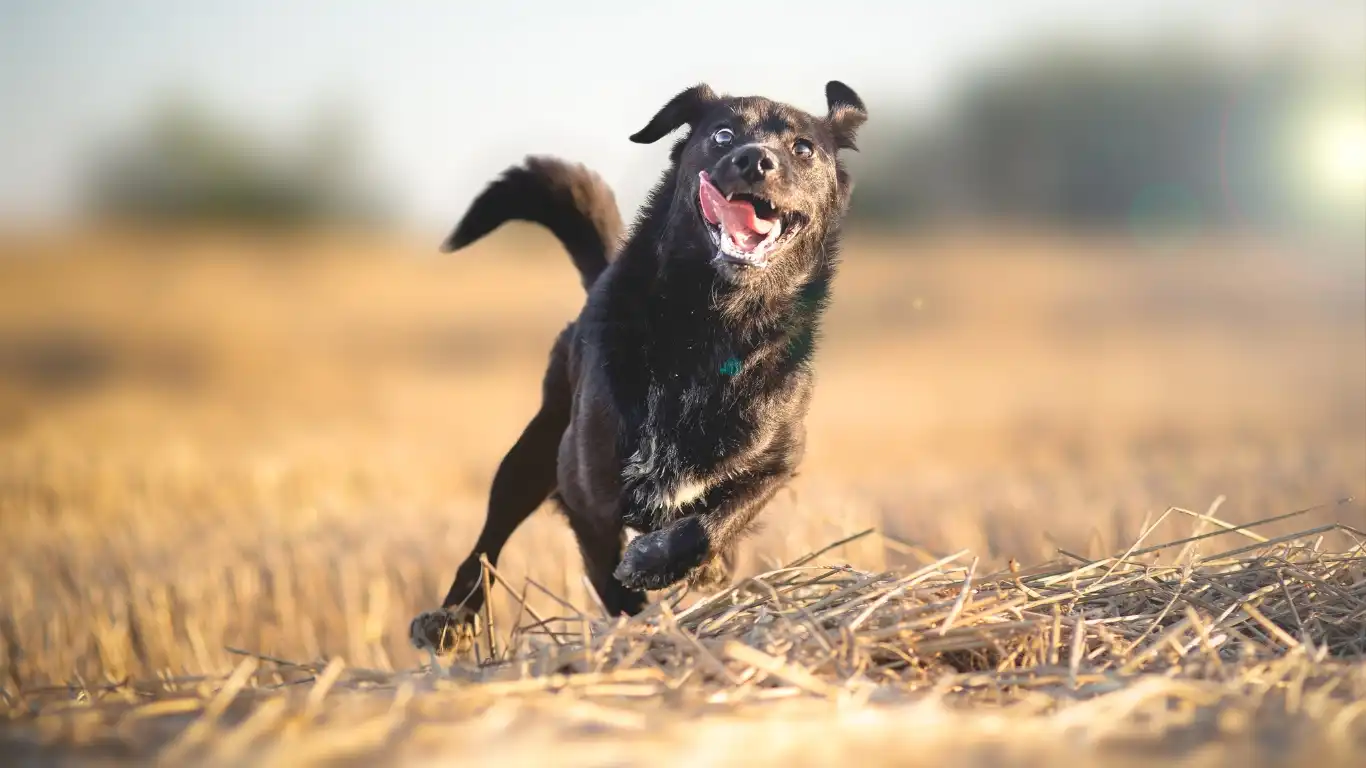
By now, you’ve probably seen some awesome progress—your dog is waiting (mostly) patiently, you’re not wrestling a bowl out of their mouth, and mealtime feels a lot less chaotic. That’s a win in my book. But here’s the cool part: once your pup understands the concept of “wait,” it becomes a powerful tool far beyond the kitchen.
Real-Life Scenarios Where “Wait” Is a Lifesaver
I’ve seen firsthand how teaching a dog to pause—especially around high-arousal situations like food—translates to better behavior overall. When I was working in a multi-dog household with two senior pugs and one hyperactive corgi (aka The Tornado), we used the “wait” cue before opening doors, greeting visitors, and even hopping in the car. It gave everyone just a moment to collect themselves before launching into action.
- Waiting at Doorways: No more door-dashing disasters when the Amazon guy rings the bell.
- Before Car Rides: Your dog learns not to leap into (or out of) the vehicle before it’s safe.
- Vet Visits: Practicing “wait” can make the reception area less overwhelming—for you and the techs (speaking from experience!).
Pairing “Wait” with Nutrition Goals
Since I specialize in nutrition, I can’t help but bring it full circle. Training your dog to wait doesn’t just improve behavior—it creates a better environment for diet compliance, especially for dogs on weight management plans, prescription meals, or sensitive digestion protocols. I’ve seen this approach work wonders with patients on restricted diets or those with food allergies who need structure to avoid snatching the wrong food.
Slowing things down supports:
- Portion Control: You have more control over measuring and delivering the right amount.
- Preventing Gulping: Which can lead to GI upset or choking.
- Strengthening Routine: Dogs that wait tend to adapt better to feeding schedules, which helps regulate blood sugar and energy levels.
Personal Wins and Client Success Stories

I remember one golden retriever named Daisy—such a sweetheart, but absolutely feral at mealtime. Her parents were feeding her a home-cooked, hypoallergenic diet, and she’d knock over the bowl before it even hit the floor. We started with just a simple “sit and wait” routine, and after a week of daily practice, she started sitting automatically when she saw the food prep begin. Within a month? Calm as could be. Her digestion improved, she stopped vomiting post-meal, and her parents swore their mornings were 10x less stressful.
Another case was a young lab mix, Bruno, on a strict portion-controlled weight-loss diet. He would whine, paw, and cry while his food was being prepared. Using the same “wait” process, we gradually extended the delay before mealtime. Not only did it reduce anxiety, but he also started showing fewer signs of begging between meals—and he lost 8 pounds over two months with a consistent feeding schedule and fewer emotional feeding slip-ups.
Trust, Patience, and Communication
Here’s something I truly believe—teaching a dog to wait patiently for food isn’t just about control. It’s about trust. You’re teaching your dog that good things come from calm behavior. That they don’t have to scramble or worry or fight for resources. As a vet tech, I’ve seen how this kind of calm communication impacts everything else—vet visits, grooming, walking, socializing, and even bonding with kids or seniors in the family.
It becomes a shared language. A moment where they look to you for the cue, instead of just reacting. That’s powerful. And frankly, it’s one of the most rewarding things to witness, whether I’m in the clinic or just coaching clients one-on-one.
Helpful Resources to Go Even Further
If you’re ready to level up your training, I always recommend checking out expert-backed resources. A few worth bookmarking:
- American Kennel Club (AKC) – Reliable training advice with positive reinforcement focus
- PetMD – Great articles on behavior and nutrition strategies
- National Institutes of Health (NIH) – For canine cognition and behavioral health studies
- Health.com – Covers pet wellness and lifestyle, especially for nutrition-conscious pet parents
Final Thought (Okay, a Little Personal)
I’ll be honest—one of the reasons I love teaching “wait” is because it reminds me to slow down, too. Our dogs live in the moment, and so often, we’re the ones rushing through it all. Turning mealtime into a pause, a breath, a shared ritual—it’s good for them, but maybe it’s good for us, too.
So next time you prep that bowl, try this: take a breath, look your pup in the eyes, and just enjoy the moment of calm together before the happy chaos of “Okay!”
Disclaimer
This article is based on my personal experience as a veterinary technician/nurse with a specialization in canine nutrition. It is for informational purposes only and does not replace professional veterinary advice. Always consult your veterinarian before making changes to your dog’s diet, feeding routine, or behavior training protocol.

